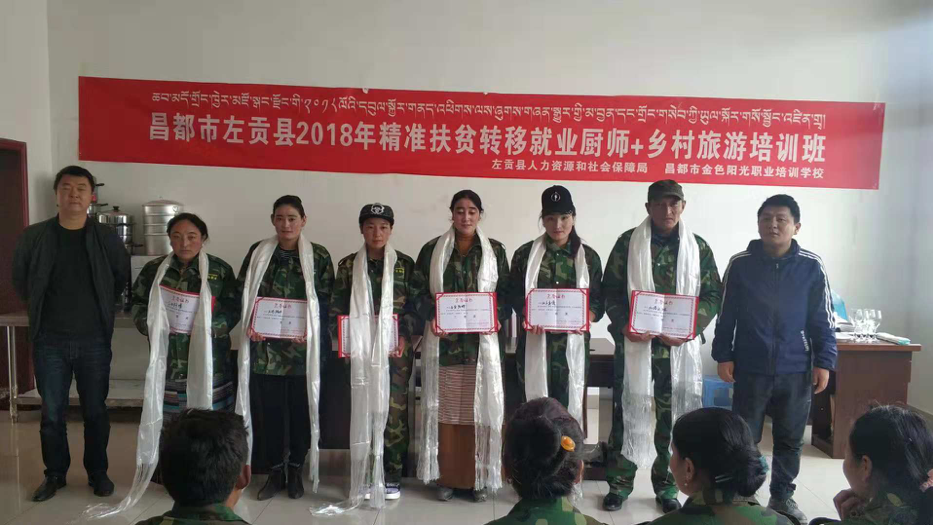A mass labor program in Tibet appears to follow Xinjiang model
New evidence has emerged of a mass labor program in Tibet. The details may be different, but the goal appears the same as a similar program in Xinjiang: to quickly remold hundreds of thousands of rural laborers into loyal blue-collar workers.

The scholar Adrian Zenz, well known for his work analyzing Chinese government documents to prove the scale of abuses to primarily Muslim minorities in Xinjiang, has published a new article with rare information on a mass labor program in Tibet.
Some elements of the Tibetan program appear similar to what is happening in Xinjiang — the goal of quickly remolding hundreds of thousands of rural laborers into loyal blue-collar workers appears the same — though the degree of coercion may be different.
Reuters says that it has “corroborated Zenz’s findings and found additional policy documents, company reports, procurement filings and state media reports that describe the program.”
What you need to know from the new reports
The program is expansive, in proportion to Tibet’s relatively small population of about 3.4 million (Xinjiang has about 22 million people).
- “A notice posted to the website of Tibet’s regional government website last month said over half a million people were trained as part of the project in the first seven months of 2020 — around 15% of the region’s population,” Reuters says.
There are military-style trainings, which, along with quotas, rights groups say “suggest the transfers have coercive elements,” per Reuters. However, the amount of coercion is hard to verify because Beijing has so tightly sealed Tibet off from the outside world. The language used by government bodies to describe the labor transfer program gives some hints that the program is not entirely voluntary:
- Officials say they want to “transform” laborers’ thinking and identity, and to reform their “backwardness,” which Zenz says is among many similarities to the Xinjiang case.
- Specifically, Reuters says that a document from one city government in Tibet calls for unspecified measures to “effectively eliminate ‘lazy people,’” and a higher-up political advisory body discussed “strategies to tackle the ‘mental poverty’ of rural laborers.”
The program is expanding, which Reuters correspondent Cate Cadell says “confirms what Beijing has already told us: it believes its ethnic experiments in Xinjiang have been a success, so much so that they are worthy of replication.”
- “While there has been some evidence of military-style training and labor transfers in Tibet in the past, this new, enlarged program represents the first on a mass scale and the first to openly set quotas for transfers outside the region.”
- “Small-scale versions of similar military-style training initiatives have existed in the region for over a decade, but construction of new facilities increased sharply in 2016, and recent policy documents call for more investment in such sites.”
Some Tibetans are transferred outside Tibet, similar to how tens of thousands of Uyghurs have been shipped to work in factories outside Xinjiang.
Related news:
- China’s white paper on forced labor suggests unease at Western pressure / Guardian
- N.Y.P.D. officer is accused of spying on Tibetans for China / NYT (porous paywall)






